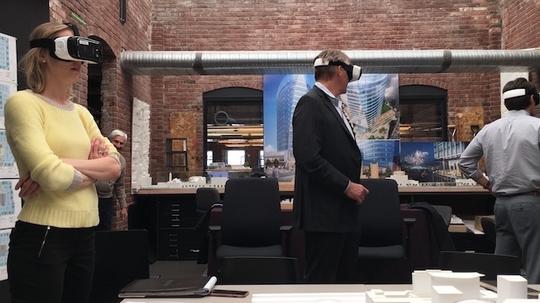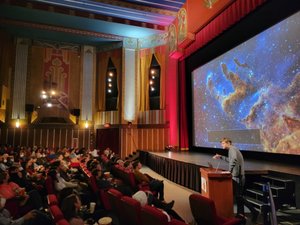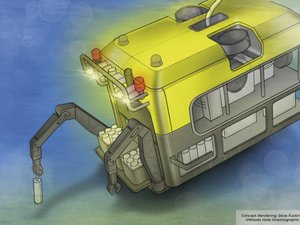
The use of virtual reality as part of the design and construction process is arguably the “new normal” in the architecture, engineering and construction (AEC) industry. The last several years have seen virtual and augmented reality tools go from a novelty to a necessity, and design firms and developers alike are racing to keep pace.
We don’t see this trend slowing anytime soon, and certainly not in a city with as many game-changing technological advances and innovations as Boston.
A Powerful Tool for Communication
One of the cornerstones of the dialogue between building owners/developers and their architects used to be the cyclical review of several design iterations. The designer was an interpreter, working to understand and translate the vision of the building owner. Arm gestures, comparisons to well-known buildings or objects, and abstract vocabulary mixed with concrete directives would give the architect and their client a general path to follow together as the design evolved. There was no shared language for sufficiently verbalizing a proposed conceptualization, so it was an exercise in communication and translation.
Not so with virtual and augmented reality, collectively referred to as “immersive visualization.” What immersive visualization offers is the ability for people on both sides of the table to put on a headset loaded with a three-dimensional image of a space under design. Rather than seeing a printed floorplan with spatial dimensions, columns, etc. rendered by a drafter’s hand, people suddenly find themselves inside the space. They can walk, turn around, reach and look up and down and feel that they’re somewhere else. Even the most beautiful, photorealistic 3D renderings on a computer monitor fail to close the gap between perception of design and experience of design. Designers and their clients finally have a shared “language” that allows modifications to be made in real time.
Consultants and engineers can coordinate with the architects more effectively to accelerate their design success. Height, depth, materials and views – all can be experienced and addressed without ambiguity.
Immersive visualization is a powerful communication tool that expedites the design process, reduces time and expense, and builds a critical bridge between the world of technical architectural design and non-designers with much at stake.
Far-Reaching Applications
It’s important to note that the role of immersive visualization in design and construction extends beyond the “cool” factor. We have watched the scope of its importance grow beyond satisfying a client’s desire to envision their future space and into much broader corners of the public and private sectors. Universities and independent schools seeking donorship for a new building or space have used VR and AR tools to invite potential donors “into” the future space. Months before they are built, new residential buildings attract residents with spacious, light-filled units and rich amenity spaces. Office towers sign leases with industry leaders who place importance on views from the top floors – before the first shovel hits the ground. Most importantly, VR/AR tools can bring a design to members of the community in an effective and authentic way.
When it comes to a new development in an established neighborhood, this way of sharing a vision can create a dialogue between owner/architect and neighbor. Ultimately, there is a meaningful and strategic role for immersive visualization in nearly every design project, whether for the owners, end-users, and others with a stake in the success of the design.
The New Roadmap
Immersive visualization replaces skepticism with reassurance. If before, the path to the final design was indicated by a handheld compass, one might consider VR/AR as the GPS – avoiding wrong turns that lose time and can be costly. The destination is still at the end of an exciting and creative process, but with the tools we have today, we are making sure we don’t get lost getting there.








